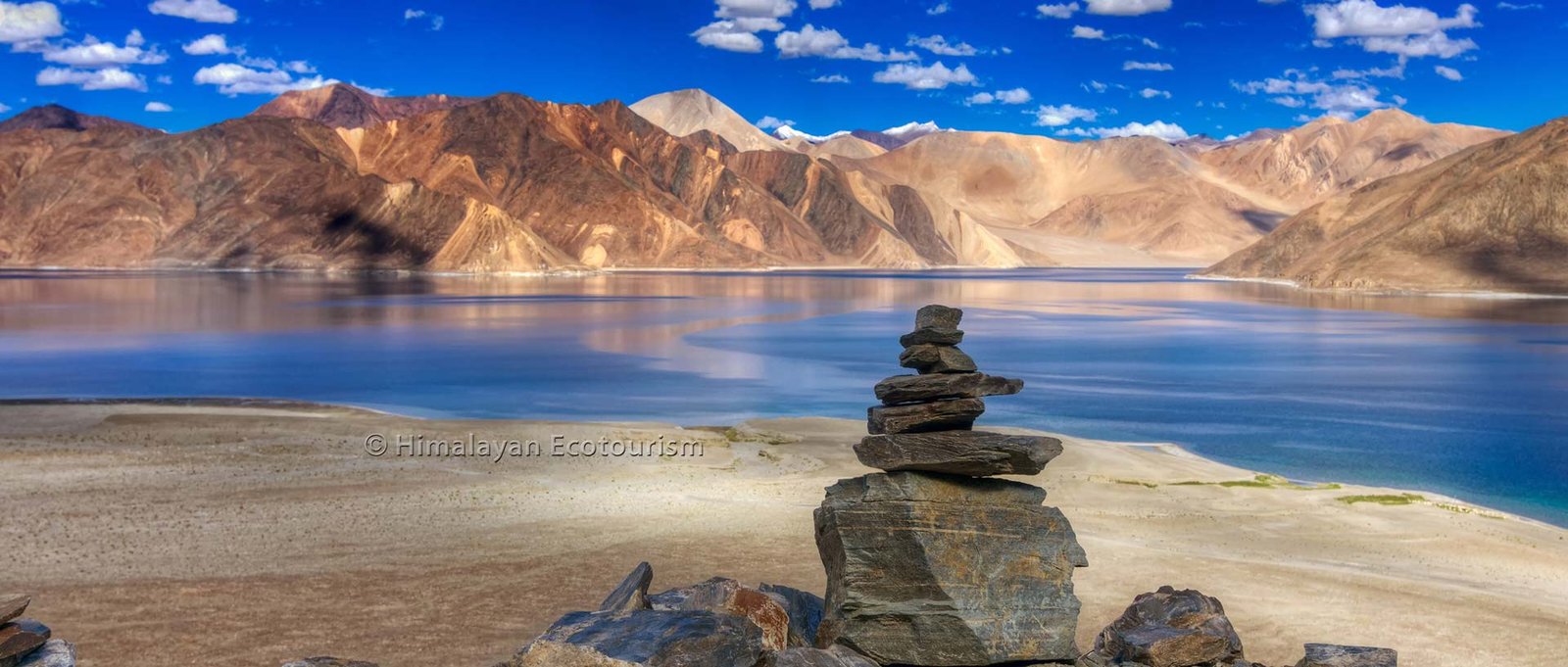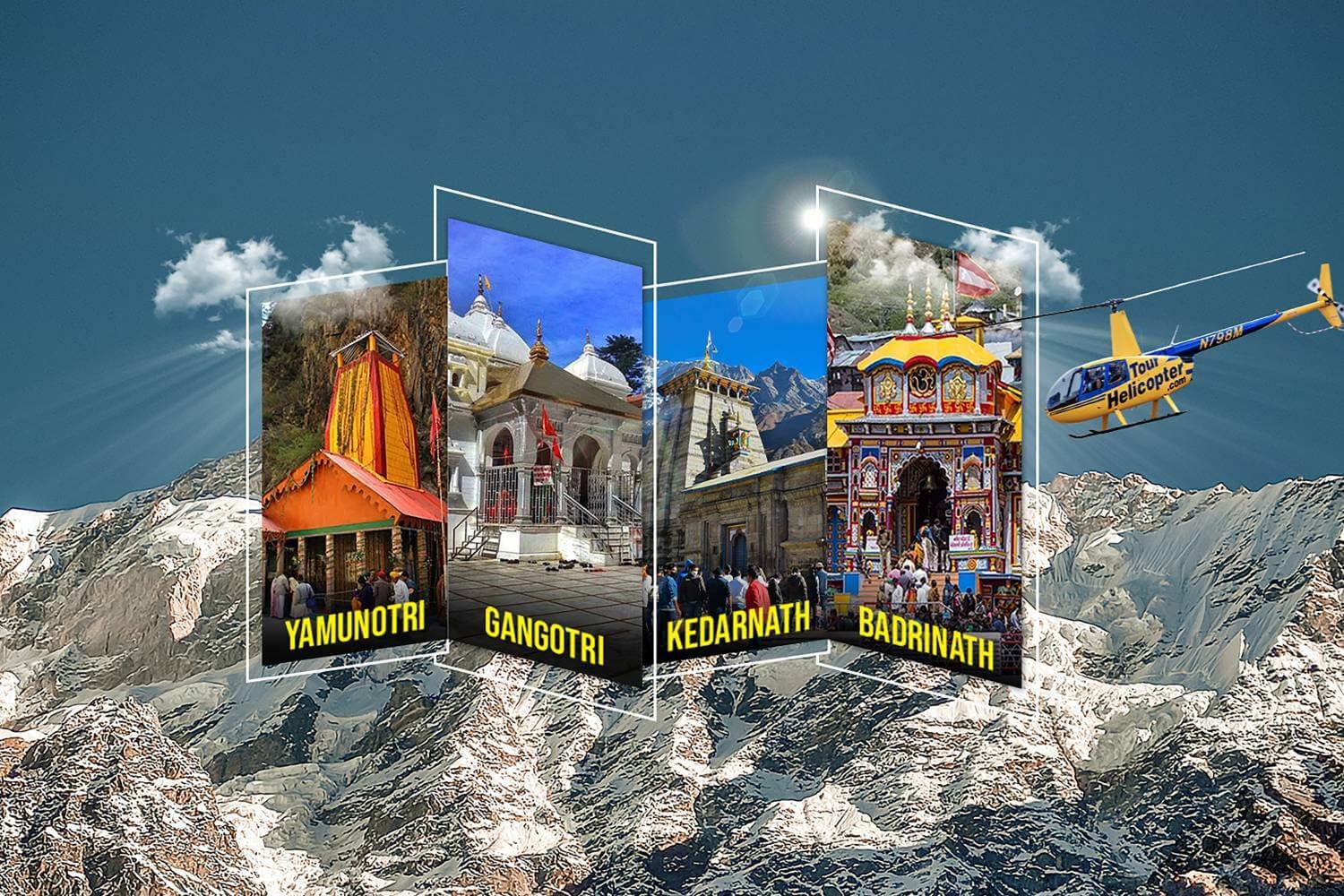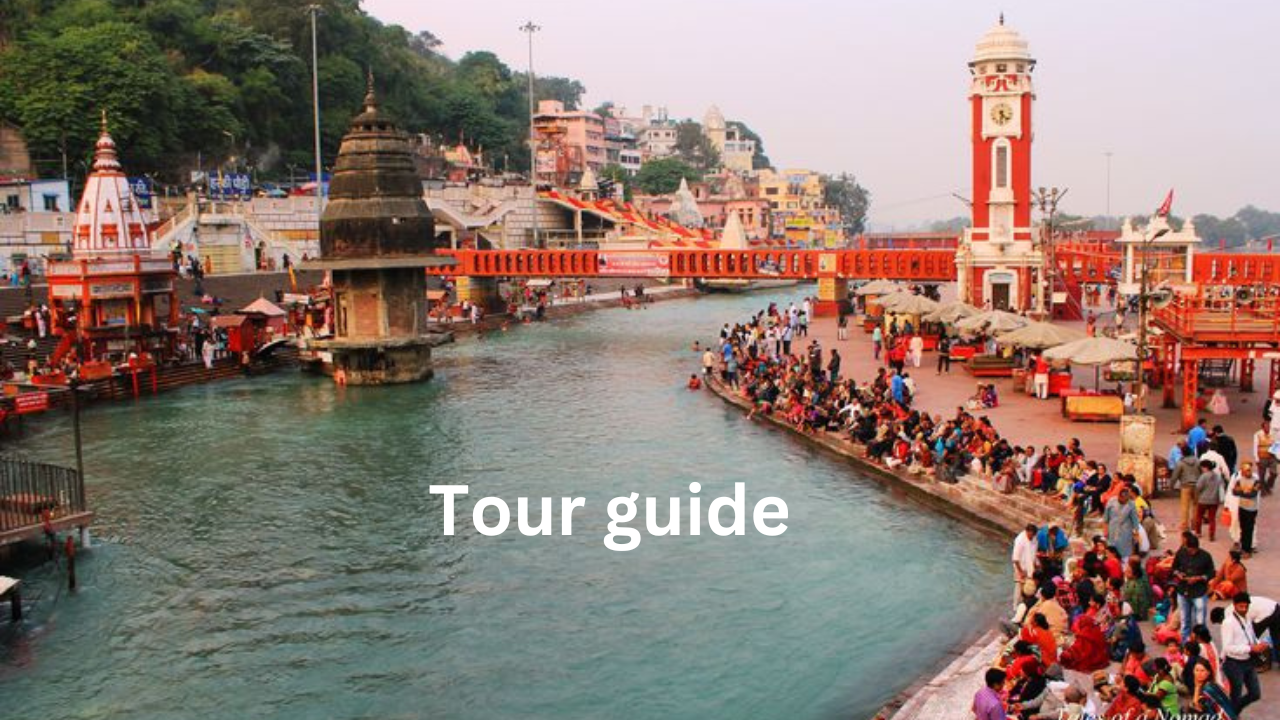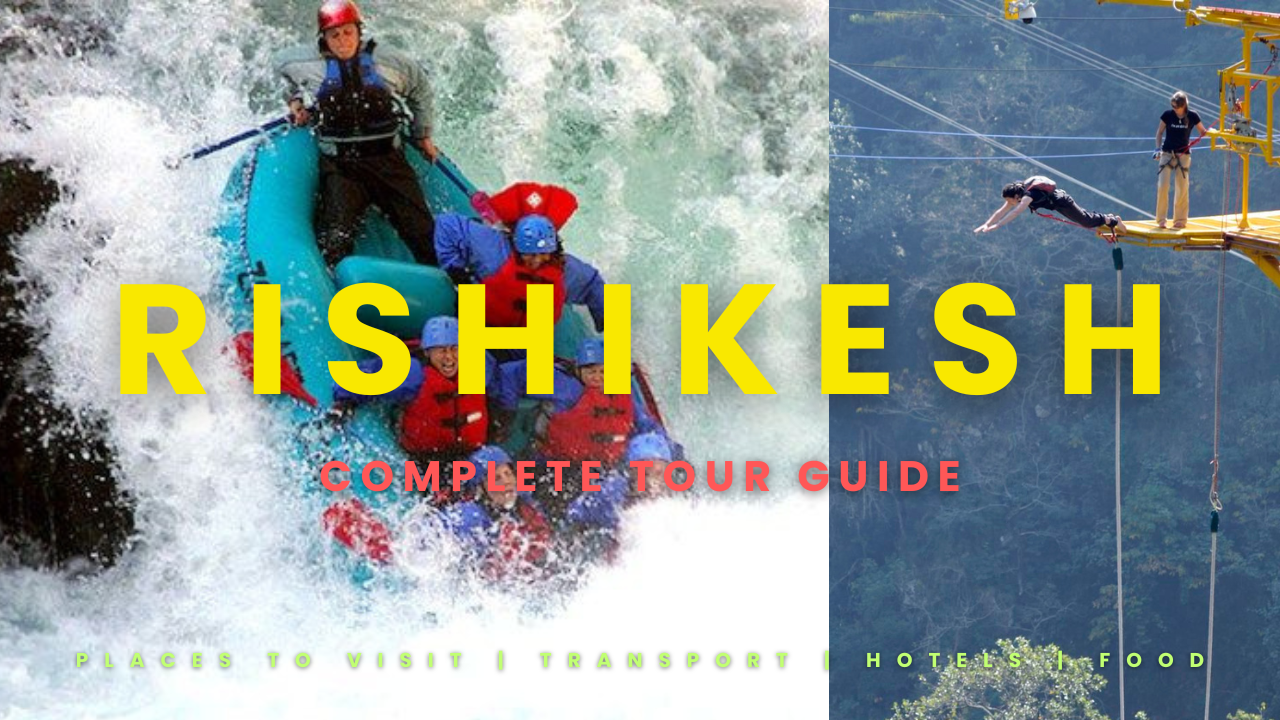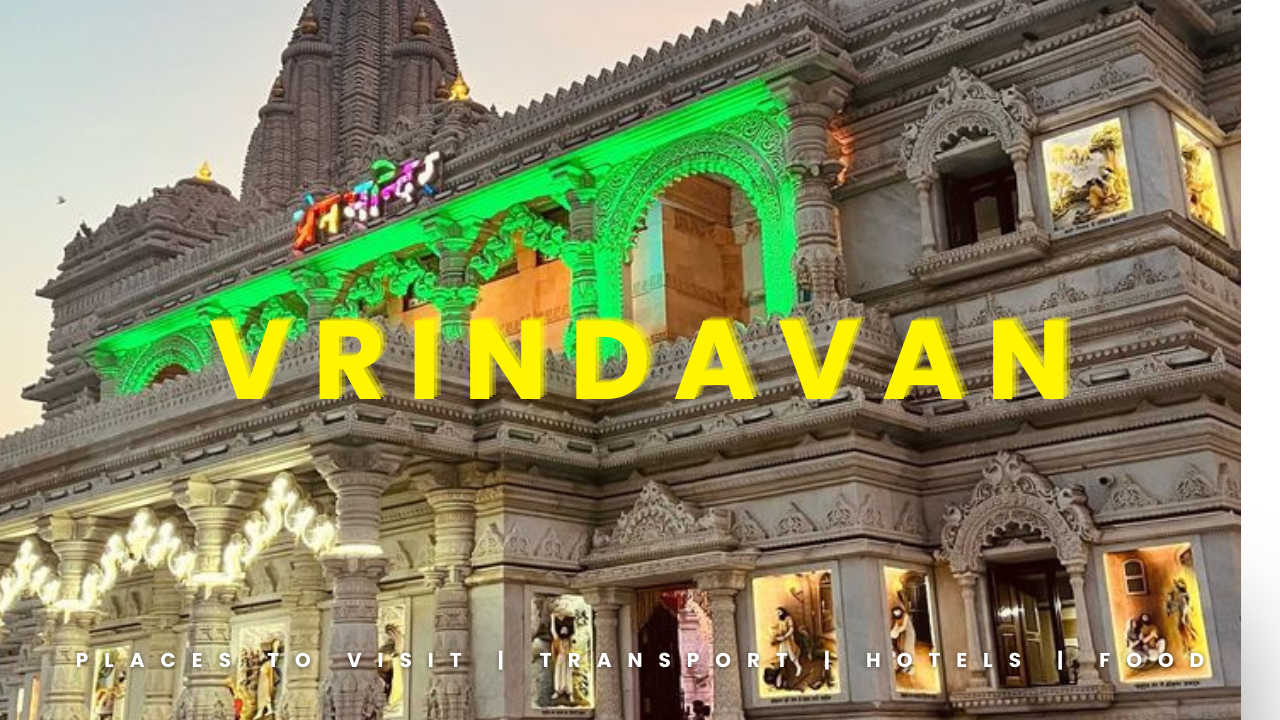Known as the “Land of High Passes,” Ladakh is a stunning and remote region in northern India that attracts adventurers, photographers, and those seeking peace in nature’s lap. Its awe-inspiring landscapes, dotted with ancient monasteries, barren mountains, and azure lakes, create a surreal environment unlike any other. From Leh’s cultural heritage to Pangong Lake’s crystal-clear waters, Ladakh offers an unforgettable journey. Here’s everything you need to know to plan your adventure to this Himalayan paradise.
1. Introduction to Ladakh
Ladakh, a part of the Union Territory of Ladakh in India, sits at an altitude of over 9,800 feet above sea level, making it one of the highest and most remote regions in the country. Nestled between the Himalayas and the Karakoram Range, Ladakh shares borders with Tibet to the east and Pakistan to the west. Its mix of Tibetan and Indian culture and breathtaking landscapes draws visitors worldwide.
2. Best Time to Visit Ladakh
- Summer (June to September): The best time to visit Ladakh is during the summer months when the roads are open, and the weather is relatively warmer (10°C to 25°C). This season is perfect for trekking, sightseeing, and other outdoor activities.
- Winter (October to March): The winters in Ladakh are extremely harsh, with temperatures dropping as low as -20°C. This is the time to experience the famous Chadar Trek on the frozen Zanskar River, but be prepared for extremely cold conditions. Road access to Ladakh is limited during these months, with flights being the only viable option.
3. How to Reach Ladakh
- By Air: The easiest and fastest way to reach Ladakh is by air. Kushok Bakula Rimpochee Airport in Leh is well-connected to major cities like Delhi and Srinagar. From the airport, you can take a taxi to your accommodation.
- By Road:
- Manali-Leh Highway: This 490-km route is open from mid-June to early October and passes through some of the most scenic landscapes.
- Srinagar-Leh Highway: Another popular route, this highway is open from May to November and is 434 km long, offering views of Zoji La Pass and the beautiful Kashmir Valley.
4. Top Attractions in Ladakh
Leh City
Leh is Ladakh’s capital and main town, filled with ancient palaces, bustling markets, and colorful monasteries. Visit the Leh Palace for panoramic views of the city, explore the Shanti Stupa for peace and serenity, and stroll through Leh Market for handicrafts, woolen items, and jewelry.
Pangong Lake
This iconic lake, situated at over 14,000 feet, stretches across India and China and changes colors from blue to green to turquoise with the sunlight. It became famous after being featured in the Bollywood movie “3 Idiots.” Camping by Pangong Lake under the star-studded sky is an unforgettable experience.
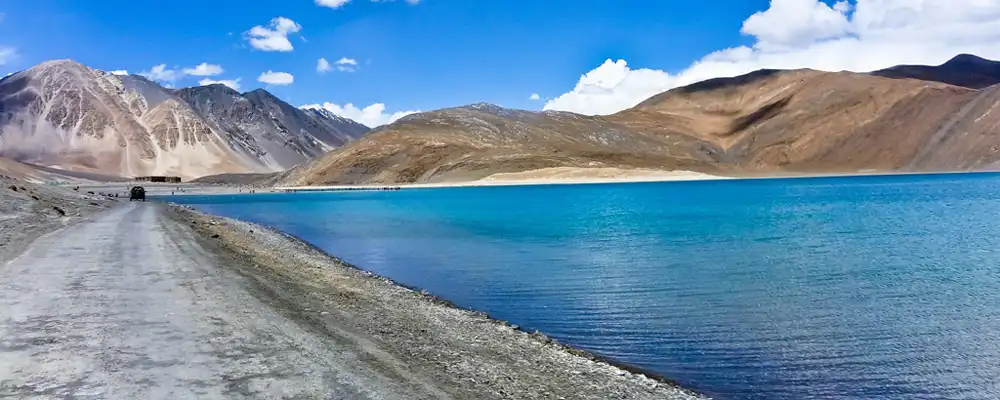
Nubra Valley
Nubra Valley is a desert valley located around 150 km from Leh, known for its unique sand dunes and double-humped Bactrian camels. The stunning landscape is a mix of mountains, rivers, and stark sand dunes. The valley also has the Diskit Monastery, with a towering Buddha statue overlooking the valley.
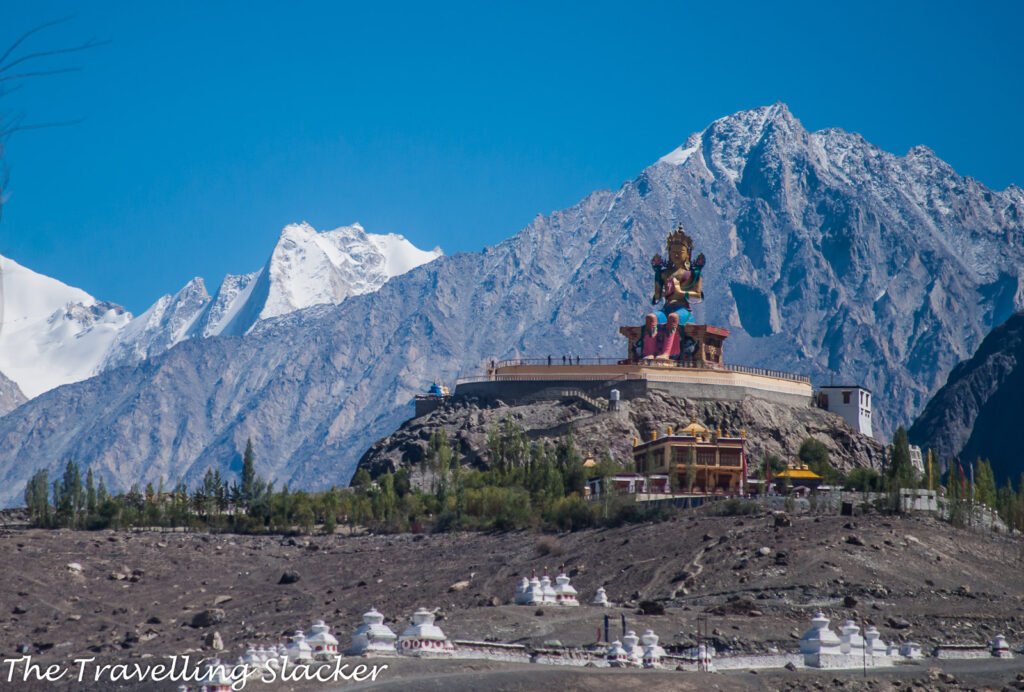
Khardung La Pass
One of the highest motorable roads in the world, Khardung La Pass (18,380 ft) connects Leh to Nubra Valley. Biking up this steep and rugged pass is a bucket-list experience for adventure seekers.
Tso Moriri Lake
Less crowded than Pangong Lake, Tso Moriri is a beautiful high-altitude lake located within the Changthang Wildlife Sanctuary. The lake is surrounded by snow-capped mountains and is an ideal spot for camping, birdwatching, and immersing oneself in pristine nature.
Lamayuru Monastery
One of Ladakh’s oldest monasteries, Lamayuru Monastery, offers spiritual charm and is surrounded by an unusual landscape known as “Moonland.” The monastery hosts annual festivals that feature colorful masked dances.
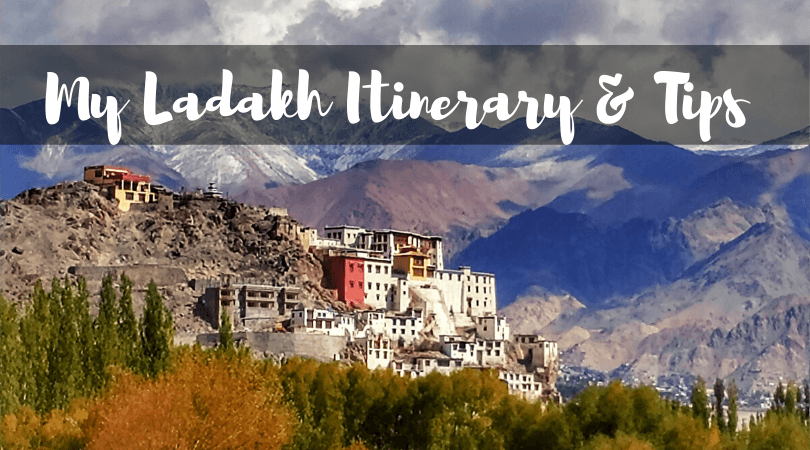
Zanskar Valley
This remote valley is known for its challenging terrain, making it perfect for trekking and river rafting. The famous Chadar Trek takes place here, where trekkers walk on the frozen Zanskar River in winter.
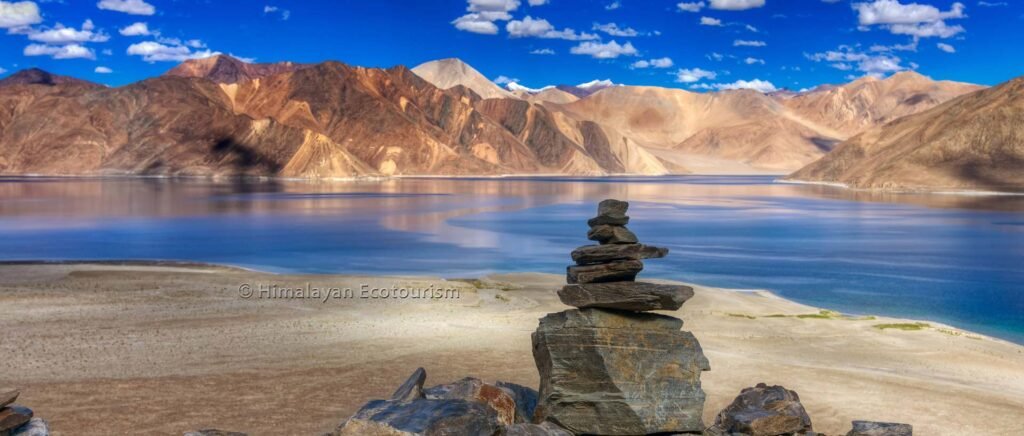
5. Popular Activities in Ladakh
- Trekking: Ladakh is a trekker’s paradise, with trails such as the Markha Valley Trek, Stok Kangri Trek, and Nubra Valley Trek offering a mix of landscapes and adventure.
- River Rafting: Experience the thrill of rafting on the Indus and Zanskar rivers, with rapids ranging from grade I to grade V.
- Biking: Riding through Ladakh’s rugged terrain, especially to Khardung La Pass and along the Manali-Leh Highway, is a dream for motorcycle enthusiasts.
- Camping: With many high-altitude lakes and valleys, camping in Ladakh under the open sky is a surreal experience. Popular spots include Pangong Lake, Tso Moriri, and Nubra Valley.
- Stargazing: The clear skies of Ladakh, free from pollution, make it an ideal destination for stargazing and astrophotography.
6. Culture and Festivals of Ladakh
Ladakh is rich in Buddhist culture, with monasteries and prayer flags dotting the landscape. Tibetan Buddhism strongly influences the region’s festivals, which are vibrant and colorful. Some notable festivals include:
- Hemis Festival: Celebrated at Hemis Monastery in June or July, this festival honors Guru Padmasambhava with masked dances and rituals.
- Losar Festival: Ladakh’s New Year festival, Losar, is celebrated in December with colorful costumes, dances, and traditional music.
- Ladakh Festival: Held in Leh every September, this week-long festival showcases Ladakhi music, dance, archery, and polo competitions.
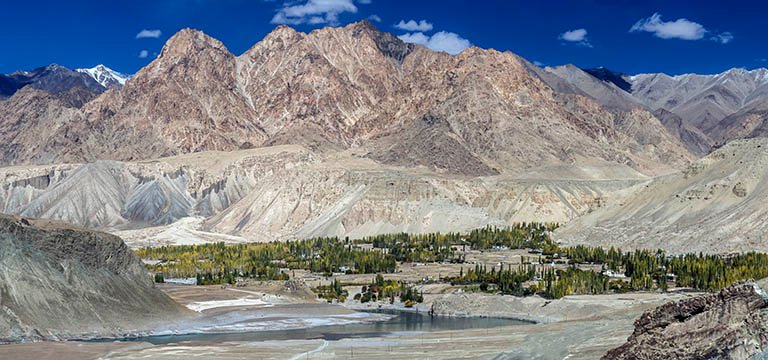
7. Accommodation in Ladakh
Ladakh has a range of accommodations, from luxury hotels in Leh to basic guesthouses and homestays in remote areas. Options include:
- Hotels and Resorts in Leh: Leh offers several hotels ranging from luxury resorts to budget stays.
- Homestays and Guesthouses: For a more local experience, stay in a homestay or guesthouse, especially in places like Nubra Valley and Tso Moriri.
- Camping: Near Pangong Lake, Tso Moriri, and Nubra Valley, you’ll find several tented camps that offer a comfortable yet rustic experience.
8. Travel Tips for Ladakh
- Acclimatize Properly: Ladakh’s high altitude can cause altitude sickness, so spend at least two days in Leh to acclimatize before exploring higher areas.
- Stay Hydrated: Drinking water frequently can help with altitude sickness.
- Plan Your Route Carefully: Some areas may have limited road access depending on the season, so check for updates on road conditions, especially for the Srinagar-Leh and Manali-Leh highways.
- Carry Essentials: Ladakh’s remote areas have limited amenities, so carry essentials like medicines, cash (ATMs are limited), snacks, and a power bank.
- Pack Warm Clothing: Even in summer, Ladakh gets cold at night, so bring layers and insulated jackets.
9. Responsible Tourism in Ladakh
Ladakh’s environment is delicate, so travel responsibly:
- Avoid single-use plastics; bring reusable water bottles and bags.
- Respect local culture and customs, especially in monasteries and religious sites.
- Be mindful of waste; dispose of trash responsibly or carry it back with you.
- Support the local economy by buying from local artisans and choosing locally-run accommodations.
10. Nearby Places to Explore
- Kargil: Known for its scenic beauty and historical significance, Kargil lies on the road to Srinagar and makes a great stop for those traveling overland.
- Hemis: Home to Hemis Monastery, the largest monastery in Ladakh, and the Hemis National Park, where the elusive snow leopard resides.
- Alchi Monastery: A small village with one of the oldest Buddhist monasteries in Ladakh, known for its ancient artwork and architecture.
Conclusion
Ladakh is a land of stark contrasts—icy lakes, barren mountains, and colorful festivals all coexist in this mystical landscape. Whether you’re an adventure lover, a cultural enthusiast, or simply a seeker of natural beauty, Ladakh promises an unforgettable journey.


